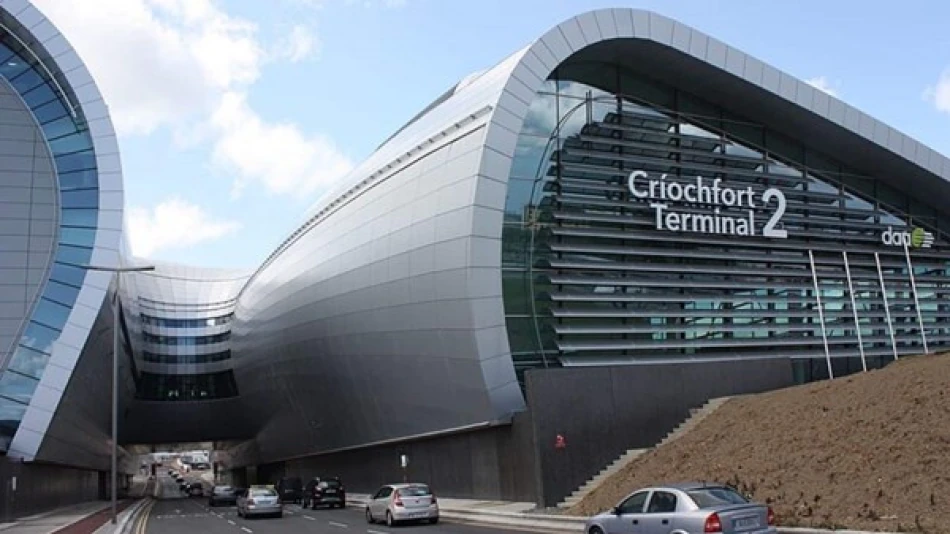
Passenger Terminal Evacuated at Dublin Airport Following Safety Incident
Dublin Airport Terminal 2 Evacuated in Security Incident, Disrupting Weekend Travel
Dublin Airport evacuated Terminal 2 on Saturday as a precautionary safety measure, marking the latest in a series of security incidents that have plagued European aviation hubs in recent months. The evacuation temporarily disrupted flights at Ireland's busiest airport, which handles over 32 million passengers annually and serves as a critical gateway between Europe and North America.
Immediate Response and Flight Disruptions
Airport authorities confirmed the evacuation through social media channels, stating that passenger and staff safety remained their top priority. The precautionary measure led to temporary flight delays, with travelers advised to verify their departure times amid the ongoing situation.
Irish police were deployed to the scene to manage what local media described as a security incident, though specific details about the nature of the threat have not been disclosed. Terminal 2, which opened in 2010 and primarily serves long-haul and premium carriers, represents a significant portion of Dublin Airport's international traffic.
Growing Pattern of European Airport Security Alerts
This incident follows a concerning trend of security disruptions across European airports in 2024. Similar evacuations have occurred at major hubs including Frankfurt, Amsterdam Schiphol, and London Heathrow, reflecting heightened security vigilance amid global geopolitical tensions.
Dublin Airport's strategic importance extends beyond Ireland's borders, serving as a pre-clearance facility for US-bound passengers and a major connecting point for transatlantic travel. Any prolonged disruption could ripple through the broader European aviation network, particularly affecting weekend leisure travel during the peak summer season.
Economic and Operational Impact
Weekend disruptions typically prove more costly for airlines and passengers, as leisure travelers face limited rebooking options and higher accommodation costs. Dublin Airport's dual-terminal structure provides some operational flexibility, allowing authorities to potentially redirect traffic to Terminal 1 if necessary.
The aviation industry has invested heavily in security infrastructure following previous incidents, but the frequency of precautionary evacuations suggests that threat assessment protocols have become increasingly sensitive. While this enhances safety, it also highlights the ongoing challenge of balancing security measures with operational efficiency in modern aviation.
As European airports continue to handle record passenger volumes following the post-pandemic recovery, incidents like Dublin's evacuation underscore the complex security landscape facing international aviation and the critical importance of rapid response protocols in maintaining public safety.
Most Viewed News

 Layla Al Mansoori
Layla Al Mansoori






